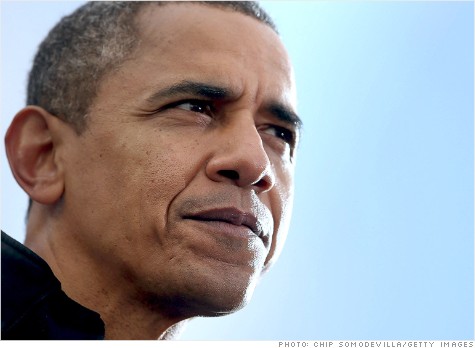8 Keys to Picking the Best Individual Health Insurance Policy
Following these steps could save you tens of thousands of dollars if illness strikes.
Choosing the right individual health insurance plan just got a lot easier with the help of U.S. News’s Best Health Insurance Plans. Our user-friendly plan finder lets you zero in on a plan with the coverage you need at a price you can afford. To make a good choice and avoid some common traps, however, you need to keep a few basics in mind, starting with the meaning of such terms as premium, deductible, copay, and coinsurance. Then go through the checklist provided here, with your likely medical needs and how much you can pay a month as the backdrop. With the right insurance, you could save thousands, perhaps even tens of thousands, if you or a family member gets sick.
1. Identify the “must-haves.” You can’t foresee a sudden injury or illness, but some medical needs can be anticipated. Maternity coverage, for example, is an obvious must-have if you’re starting a family, and not all policies offer it. If you have a family history of heart disease, you may want to make sure your coverage includes the cost of cardiac screening tests and cholesterol-lowering drugs. Under the Affordable Care Act, individual insurance plans must cover the full cost of more than two dozen preventive services for men, women, and children, including vaccinations and tests for high blood pressure, cholesterol, colon cancer, and diabetes, as long as they’re provided by a practitioner in the plan’s network.
2. Don’t overbuy. Would you buy a luxury car with a monthly payment as big as your mortgage? There’s not much point in thinking about a Cadillac insurance policy your budget can’t handle, either. If you’re relatively young and healthy, consider choosing a policy with a high deductible, the amount you must pay out of pocket before certain benefits kick in. A plan with a deductible of $5,000 or more is likely to cost you considerably less per month, and could save you money in the long run.
3. Check the network. If you have a primary care physician and specialists you like, be sure they’re in the network of any plan you consider buying. Policies generally cover a lower share of the cost of out-of-network care—or none at all. For each plan U.S. News has rated, we supply links to the insurance company’s website. There, you should find a directory of doctors in the company’s network.
4. Know your share of the costs. This isn’t crystal-ball gazing. Plans are required to state how much you’ll pay out of pocket, through flat fees called copays and through coinsurance, a form of “cost-sharing” in which you pay a percentage of a medical service. When you’re sick, seemingly small copays can add up. And an expensive procedure could leave you obligated to pay thousands in coinsurance.
5. Make sure your drugs are covered. You’ll want to make certain that the plan’s formulary, or list of covered medications, includes those you take regularly, especially if they are expensive. Or at least make sure the plan has a great alternative for prescription drugs.
6. Look into annual limits on coverage and services. Thanks to health reform, annual dollar limits on coverage will disappear entirely in 2014. For now, any individual policy you buy cannot impose a limit of less than $1.25 million, an amount that will rise to $2 million on September 23, 2012. But the Affordable Care Act still allows plans to impose limits on services not deemed “essential” and, in some cases, to obtain a waiver allowing them to retain an annual limit.
7. Factor in your dependents. If you have children under age 26 without health insurance coverage through an employer, the law permits them to be on your insurance. Policies also can no longer exclude kids under age 19 from coverage because of pre-existing conditions.
8. Walk through several plans. It only takes a few minutes to review the main benefits associated with each plan, and some plans that look appealing at first glance may turn out to have cost-sharing features that could burden you with heavy medical costs. Each plan rated by U.S. News displays this information on a single page on usnews.com. A live person will walk you though the messier details if you contact the National Association of Health Underwriters, which can put you in touch with licensed local agents and brokers.
Article via: http://health.usnews.com/health-news/health-insurance/articles/2012/08/07/8-keys-to-picking-the-best-individual-health-insurance-policy









